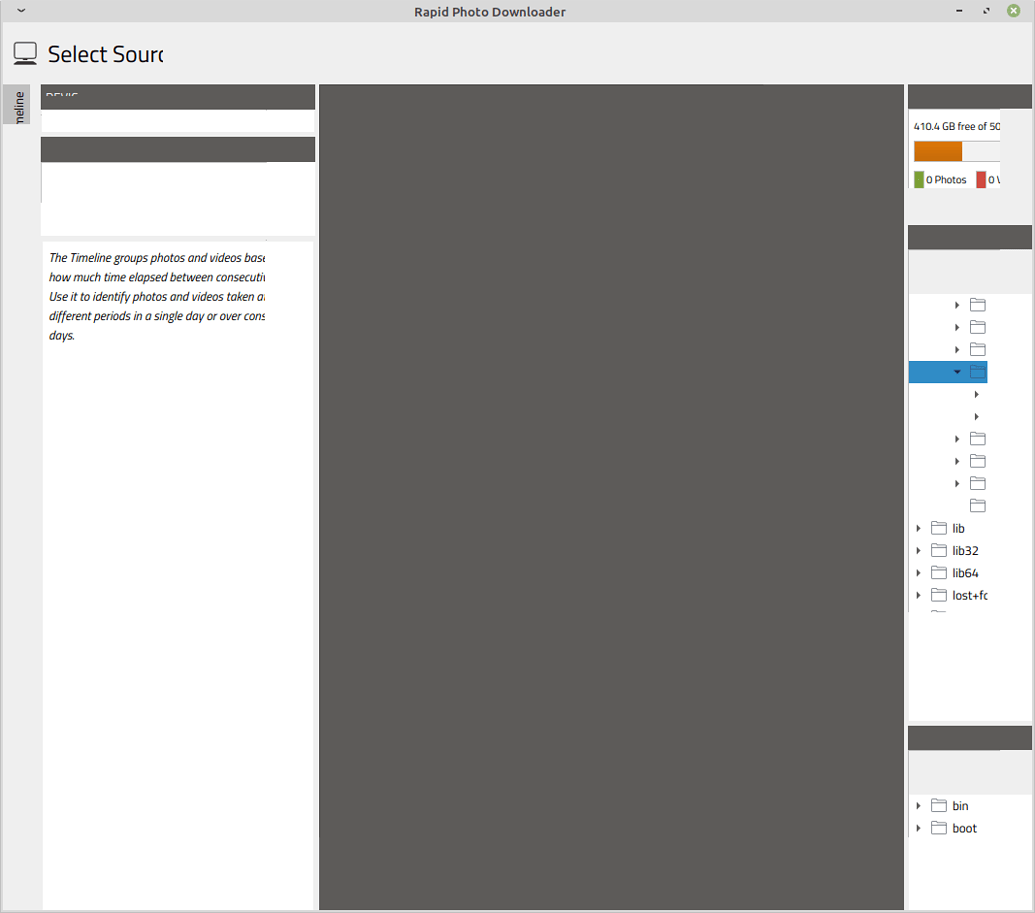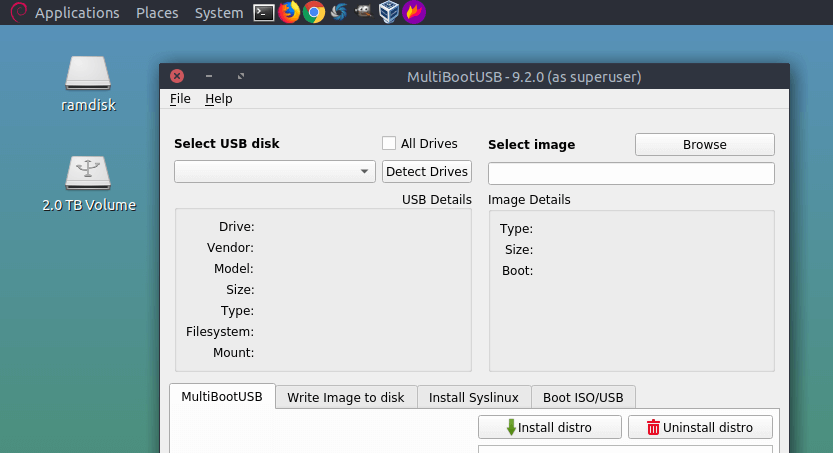
- #Linux install pyqt5 linux mint how to#
- #Linux install pyqt5 linux mint android#
- #Linux install pyqt5 linux mint code#
Upon reboot, your computer should show you a boot menu or start your newly installed Linux Mint operating system.

The computer will then start to shut down and ask you to remove the USB disk (or DVD). When the installation is finished, click Restart Now. A boot menu is set up to choose between the two operating systems each time you start your computer. If you choose this option, the installer automatically resizes your existing operating system, makes room, and installs Linux Mint beside it. If another operating system is present on the computer, the installer shows you an option to install Linux Mint alongside it. If Linux Mint is the only operating system you want to run on this computer and all data can be lost on the hard drive, choose to Erase disk and install Linux Mint. It is recommended to create a new partition for Linux(10gb min) in EXT4 type and a swap partition(8GB). If you are connected to the Internet, tick the box to install the multimedia codecs:Ĭhoose an installation type. Double-click on the Install Linux Mint icon on the desktop. Wait for some time till then the desktop appears. When the boot menu appears select the USB flash drive. Boot key for the various machines can be found here. Turn on the machine and keep pressing the boot key.
#Linux install pyqt5 linux mint how to#
#Linux install pyqt5 linux mint android#


How to Connect Two Computers with an Ethernet Cable?.Note: For more information read the announcements made inMay 2020andJune 2019. How to setup Anaconda path to environment variable ? 1.2Disabled Snap Store in Linux Mint 20 Following the decision made by Canonical to replace parts of APT with Snap and have the Ubuntu Store install itself without users knowledge or consent, the Snap Store is forbidden to be installed by APT in Linux Mint 20.
#Linux install pyqt5 linux mint code#
All code samples in this article are tested with Python 3.8.2 and PyQt5 version 5.14.1 on Ubuntu 20.04.


 0 kommentar(er)
0 kommentar(er)
